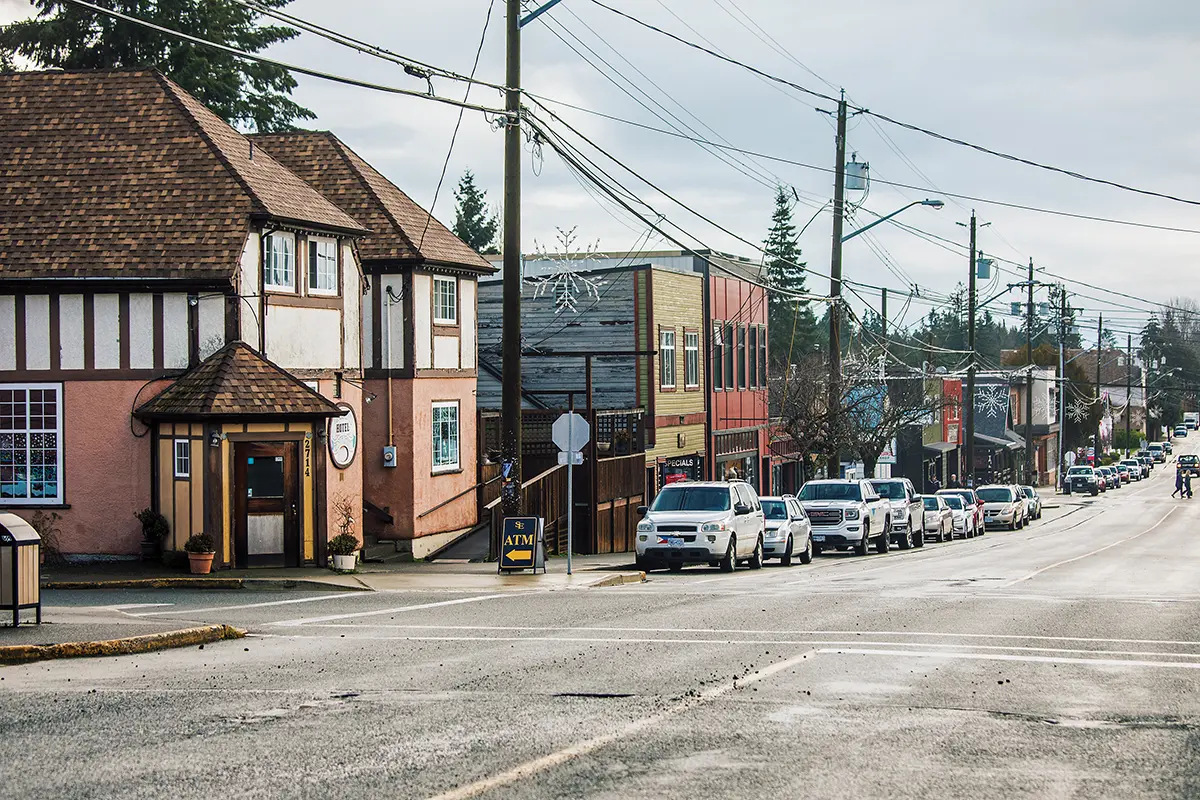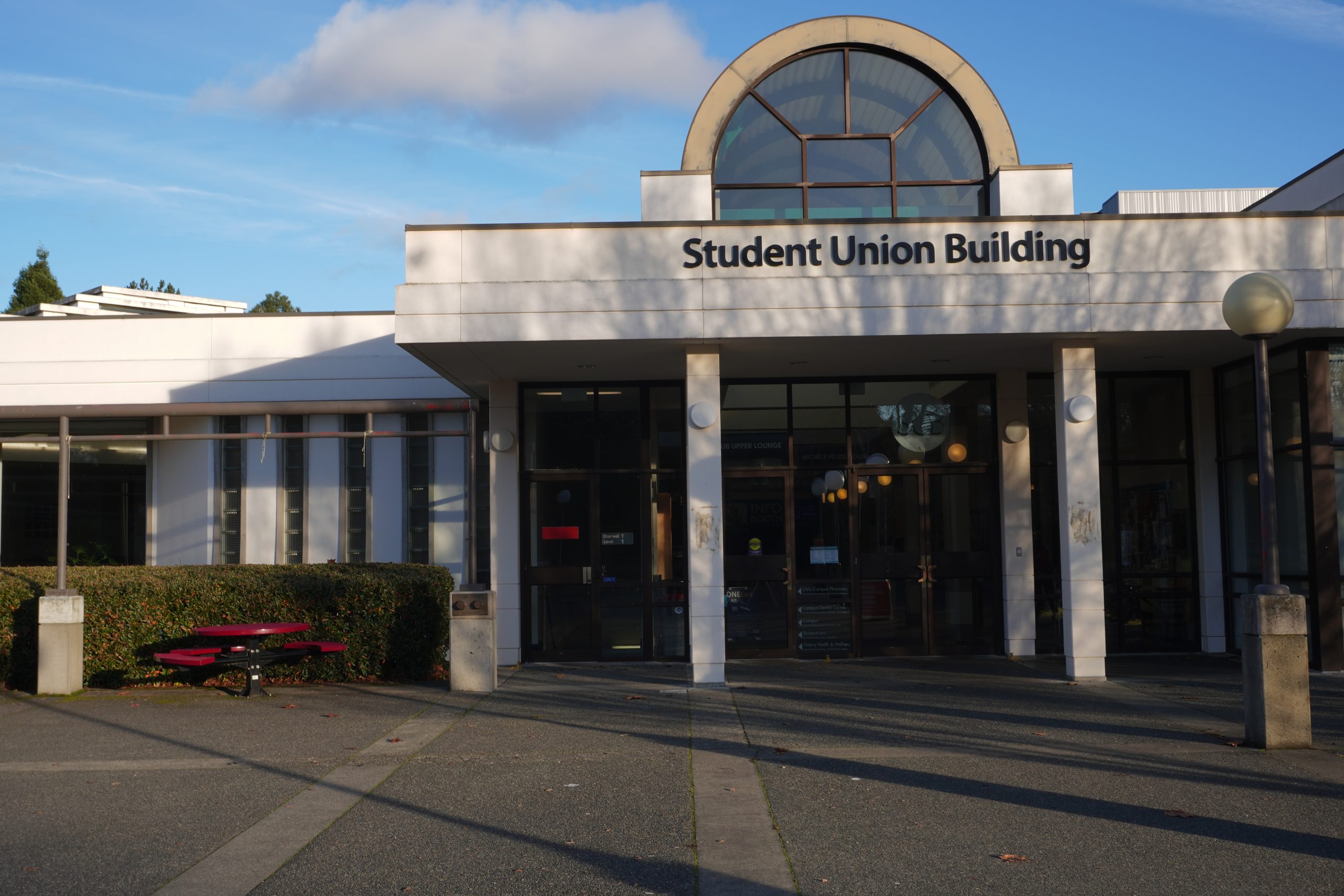University posts press release reaffirmed commitment to reconciliation after the UVSS passed motion to condemn involvement with project taking place on sacred land of Indigenous Hawaiians

The University of Victoria has come under fire from alumni, students, faculty, and the UVSS Board of Directors for its connection to the proposed construction of the controversial Thirty Meter Telescope (TMT) on the sacred grounds of Mauna Kea, Hawaii.
Hawaiians see the land atop Mauna Kea as sacred, rich with history, and believed to be an origin point of the first Hawaiians, while scientists see the 4 207 metre mountain as a prime location to dig into the vast crevasses of outer space.
Currently, there are 12 telescopes already built on Mauna Kea, but protesters have battled the TMT project — which, if completed, would be the world’s largest telescope — for years.
Construction of the TMT was set to begin earlier this month. However, more than 2 000 protesters have blocked the road leading up Mauna Kea, Hawaii’s largest mountain, over the last few weeks.
Since Canada announced funding for the TMT in 2015, Victoria has held a crucial role in the creation of the telescope. We’ve broken down the influence that Victoria — and UVic in particular — has on this project, what stake they continue to hold in the TMT, and the community response that has unfolded over the past few weeks.
In the midst of the controversy surrounding this project both internationally and locally, we’ve summarized the important local context for the TMT, and the recent reaction.
UVic’s history with the TMT
The TMT is the first of a new, extremely large type of telescope, which is expected to take images 12 times sharper than the Hubble Space Telescope. One source within UVic Public Relations said that technology could be used in a Thirty-Meter Telescope located anywhere in the world. Mauna Kea was chosen in 2009 after a five-year campaign to find a location for the TMT.Due to public pushback the International Observatory Board is currently looking into a “Plan B” location in the Canary Islands.
Although UVic has no research contracts with TMT, several UVic researchers in astronomy and astrophysics have worked on specific technological aspects of the project.
Luc Simard, an adjunct professor at UVic, is the TMT Science Instruments group leader, and one of several other Victoria-based researchers that played critical roles in the creation of the telescope.
In 2016, Saanich News penned an article about Simard, and 55 other astronomers, physicists, and engineers that work in the National Research Centre on Observatory Hill on the development of a lens dubbed the “heart of the TMT.” The team has helped to create the Narrow-Field Infrared Adaptive Optics System (NFIRAOS), Canada’s greatest contribution to TMT.
NFIRAOS is scheduled to be completed in 2024.
“[TMT] violates human rights by desecrating the sacred sites of Indigenous peoples, displacing them from their homelands, and conducting scientific research upon their relations without consent.”
Morgan Mowatt
UVic PhD Candidate
UVic researchers Julio Navarro, Kim Venn, and Roubing Dong are members of the TMT International Science Development Team (ISDT). On TMT’s website, the ISDT researchers are said to be responsible for providing scientific guidance and feedback, stimulating planning for future TMT observing programs, and building connections between the TMT and international community.
“The TMT project does include amazing technologies developed in Canada, including UVic adjunct Faculty, but those could go anywhere — Maunakea [sic], La Palma, Chile,” said Venn in an email with the Martlet.
“Also, the Canadian Astronomy Society (CASCA) and all of the UVic astronomers have always said that they do not want to be involved in research projects that are not welcomed by the local communities. Such actions go against our research ethics and the experience of being Canadian.”
There is no set number of UVic faculty working on TMT technology, and adjunct faculty that have worked on technical aspects are employees of the National Research Council through NRC Herzberg, a research centre in Saanich focusing on astronomy and astrophysics, and are not employed by UVic, UVic Public Relations clarified.
In 2015, the Canadian government approved the $243 million contribution to become a full partner in the TMT telescope. In an ensuing press release, the university wrote that UVic astronomers and several adjunct faculty based at NRC Herzberg were “deeply involved” in many technical aspects of the telescope.
Canada’s 15 per cent interest in TMT is held by the National Research Council, which is based off the $243 million commitment made by the Stephen Harper government back in 2015.
UVic is one of 20 Canadian universities associated with the Association of Canadian Universities for Research in Astronomy (ACURA), an organization that helps coordinate large-scale national astronomy and astrophysics projects. ACURA is founding member of the non-profit TMT Observatory Committee founded in 2009, but does not hold an ownership stake in the project.
Once TMT is built, UVic researchers, along with others from ACURA member institutions, will have the potential to book time with the telescope for research purposes.
Concern from students, faculty, and the community
In the weeks following the TMT protests in Hawaii, members of the UVic community have called out the university on Twitter, demanding an explanation for their role in the creation of the telescope.
One such tweet from Gillian Calder, a Law professor and associate dean at UVic, scrutinized the university and ACURA to consider the sacred land of Mauna Kea.
“I join with others at #UVic calling for the Uni [sic] and other #ACURA members to make a statement of opposition of the TMT on Mauna Kea; and to issue an apology to Kãnaka Maoli; in solidarity and with attention to meaningful reconciliation,” Calder wrote.
The University of Victoria Student Society (UVSS) passed a motion on July 22 to publish an open letter to UVic President Jamie Cassels, associate vice presidents, and other relevant administrative faculty in solidarity with the Indigenous Hawaiians and condemn UVic’s involvement with the TMT project.
“The University of Victoria, while they aren’t financially invested in [the TMT], they do have faculty that are doing research for this project,” said Shay lynn Sampson, UVSS Director of Events, at the July 22 UVSS Board of Directors Meeting.
“When it finishes its construction, assuming that gets done, then [UVic] will have access to the space and the research being done there. So, basically, the university is benefiting from the construction of this telescope.”
Morgan Mowatt, a Political Science PhD student, penned a letter to President Cassels urging the university to withdraw support for the TMT project, take disciplinary action against researchers and adjunct professors who have worked on the TMT, and to call an emergency meeting with fellow members of ACURA and request they cease involvement with the project unless the location is relocated.
“UVic astronomers have always said that they do not want to be involved in research projects that are not welcomed by the local communities.”
Kim Venn
UVic Researcher
“We would like to advise the President and Vice Chancellor Jamie Cassels that although we feel compelled to do so now, it is not the responsibility of students, staff, faculty, and community members to monitor the ethics of UVic research,” the letter says.
“Although the TMT on Mauna Kea may not require an ethics review regarding research with human subjects, the project violates human rights by desecrating the sacred sites of Indigenous peoples, displacing them from their homelands, and conducting scientific research upon their relations without consent.”
At time of writing, the letter has been signed by over 120 UVic students, faculty, alumni, and community members.
In response, the university posted a statement — which was also sent to ACURA — stating their commitment to reconciliation with Indigenous peoples.
“The University of Victoria is deeply committed to respect and reconciliation with Indigenous peoples, not only in Canada, but around the world,” said Dr. Lisa Kalynchuk, Vice President of Research, on behalf of UVic.
“The TMT project will provide enormous scientific benefits to astronomy research and support important advances in knowledge. However, these benefits should not be achieved without the engagement and support of the local Indigenous people.”
Following the statement, Stacie Swain, a PhD student at UVic, expressed her dissatisfaction on Twitter with UVic’s lack of accountability in their response.
“UVic isn’t involved ‘directly’ but there are several adjunct faculty who have provided instrumentation / technical expertise and uvic is also a member of ACURA, who are involved in the TMT,” said Swain. “UVic recently put out a statement re: ACURA but it’s pretty soft on action.”
Support has been building across the country for Canada to take a lesser role in the project. Eve Tuck, an associate professor at the University of Toronto — one of the 20 members of ACURA — wrote a letter to U of T urging they help to stop the construction of the TMT in Hawaii.
But in Victoria, UVic has yet to take a direct stance or action in opposition of the TMT’s construction in Mauna Kea.








